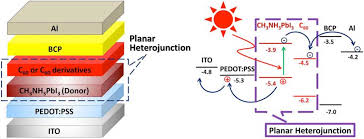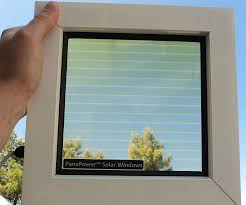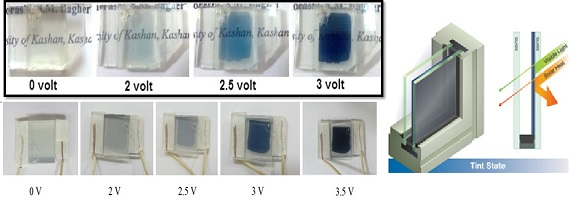| نویسندگان | مریم هاشمی,مریم حیدری,سیدمحمدباقر قریشی,نیما تقوی نیا,سید محمد مهدوی |
|---|
| نشریه | Journal of Photonics for Energy |
|---|
| شماره صفحات | 1 |
|---|
| شماره مجلد | 10 |
|---|
| ضریب تاثیر (IF) | ثبت نشده |
|---|
| نوع مقاله | Full Paper |
|---|
| تاریخ انتشار | 2020-05-05 |
|---|
| رتبه نشریه | علمی - پژوهشی |
|---|
| نوع نشریه | الکترونیکی |
|---|
| کشور محل چاپ | ایران |
|---|
| نمایه نشریه | JCR |
|---|
چکیده مقاله
Efficient electron transport layers (ETLs) play a pivotal role in the performance
of solar cells. In recent years, Indium sulfide (In2S3) has been studied as a promising ETL
in CuInGaSðeÞ
2, Cu2ZnSnSðeÞ
4, and perovskite solar cells. Despite several studies on spraydeposited
In2S3, there is no complete experimental investigation on In2S3 thin films. The effect
of the molar ratio of S/In and the type of indium precursor on the structural, morphological,
optical, and electrical properties of sprayed-In2S3 layers has been studied. Films were characterized
using x-ray diffraction, scanning electron microscopy (SEM), optical transmission
(UV-Vis), Mott–Schottky analysis, four-point probe, and cyclic voltammetry measurements.
The crystallinity and morphological characteristics are strongly influenced by the type of indium
salt, where indium acetate precursor results in a highly porous film compared with nitrate and
chloride precursors. The chloride precursor demonstrates better crystallinity and considerably
lower sheet resistance. All films are n-type with a carrier concentration in the range of ∼2 × 1017
to ∼2 × 1018 cm−3, with an indirect bandgap of 2.0 eV.




